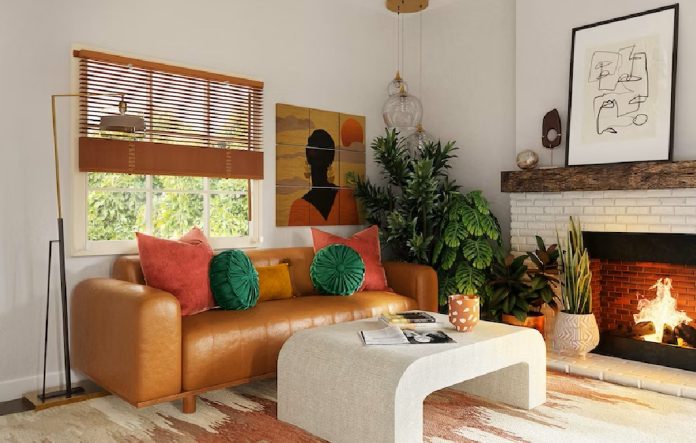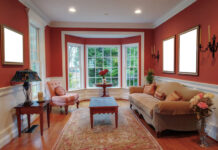In the world of interior design, Corian—a brand of solid surface material—has become synonymous with quality and durability. From counters and sinks, to tabletops and shower walls, it has proven to be a versatile and reliable choice for designers and homeowners alike. But how did this innovative material come to be?
The history of Corian dates back to the 1960s, when the DuPont company began experimenting with synthetic materials as a response to the limitations of traditional countertop materials like granite and marble. The result was a composite material made of acrylic polymer and alumina trihydrate, which they called Corian.
Initially, Corian was used primarily for industrial applications, such as airplane interiors and chemical resistant coatings. However, in 1967, DuPont introduced Corian to the consumer market, showcasing its potential as a material for furniture and home decor.
The early designs featured monochromatic sheets in simple patterns, but it wasn’t long before designers began exploring the possibilities of Corian beyond its practical purposes. In the 1980s, the brand started experimenting with more complex shapes, curves, and patterns. At this time, consumers were particularly excited about its moldable properties, which allowed it to be formed into virtually any shape.
As the brand continued to grow and evolve, so did the demand for Corian. By the 1990s, designers were using Corian to create entire interiors, including custom-built cabinets and furniture. Its seamless finish and ability to blend with other materials like wood and metal made it a popular choice for modern and minimalist designs.
One of the most significant evolutions in Corian design happened in the early 2000s, when the brand introduced more color options and patterns. This made Corian even more versatile, appealing to consumers who wanted to incorporate vibrant and bold colors into their interiors.
Today, Corian remains an industry standard for designers and builders worldwide. Its popularity is due to its durability, versatility, and the fact that it can be repaired and refinished easily. As a result, it remains one of the most cost-effective materials for interior design projects.
When it comes to furniture and kitchen cabinet hinges, Corian may not be the first material that comes to mind. However, designers have been able to incorporate the versatility of Corian into cabinet and hinge designs, further showcasing its versatility and durability. The material is readily adaptable to form smooth and round seamless edges, an excellent option for manufacturing cabinet hinges.
As Corian continues to evolve, new applications and uses for the material are consistently being discovered. From cutting-edge architectural designs to more mainstream and practical home applications, Corian is unquestionably a fixture of modern design.
In conclusion, the history of Corian is an excellent example of how innovation can lead to an industry standard. From its early days in industrial applications, to the consumer market, to its present versatile standing as an interior design staple, Corian has proven to be a revolutionary material that continues to inspire new designs and applications. Its unique properties and adaptability have allowed it to remain relevant for over 50 years, and it will undoubtedly remain a popular choice for designers for years to come.



































